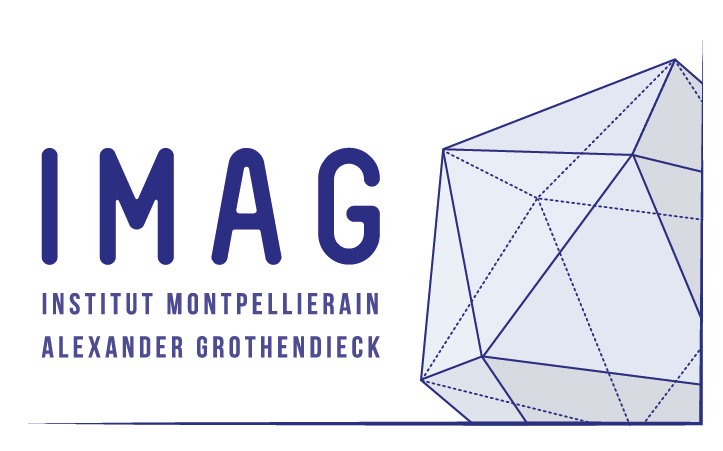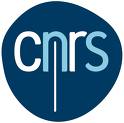Research: numerics
Numerics is not my main research interest. However, being involved in the use and overall the development of massively parallel LES solvers (AVBP at CERFACS, CDP at Stanford University and YALES2 at IMAG) I have faced various situations were numerics became temporarily my main focus. Two main actions were converted into publications: impact of rounding errors on Large-Eddy Simulations and development of new implementation for laws of the wall. Both studies were realized at CERFACS, in collaboration with other staff and students.
Rounding errors and Large-Eddy Simulations
Rounding errors are inherent to numerical simulations involving calculations with real numbers. Real numbers are often encoded with double precision so that the truncation error due to the representation of the number over 16 bits is 10-15. Rounding errors are small and generally lower than other types of errors (discretization, convergence, modeling errors,...). However, they introduce another error: they make operations non associative: (a+b)+c may differ from a+(b+c). This notably makes parallel calculations results depend on the parallel partition of the mesh. Such errors do not have any impact on laminar flows or RANS computations. However, LES and DNS are sensitive to this associativity error. In our paper  published on the AIAA Journal in 2008, we have shown that such small errors can lead to completely different instantaneous solutions in turbulent flows depending on the number of processors used (especially in periodic flows). However, it was shown that statistics were not modified. Note that the same conclusions were obtained when perturbating the inital solution in only one grid point. As a consequence, one has to be particularly careful in interpreting instantaneous solutions from LES and DNS.
published on the AIAA Journal in 2008, we have shown that such small errors can lead to completely different instantaneous solutions in turbulent flows depending on the number of processors used (especially in periodic flows). However, it was shown that statistics were not modified. Note that the same conclusions were obtained when perturbating the inital solution in only one grid point. As a consequence, one has to be particularly careful in interpreting instantaneous solutions from LES and DNS.
Implementation of laws of the wall
In the paper published in Flow, Turbulence and Combustion

